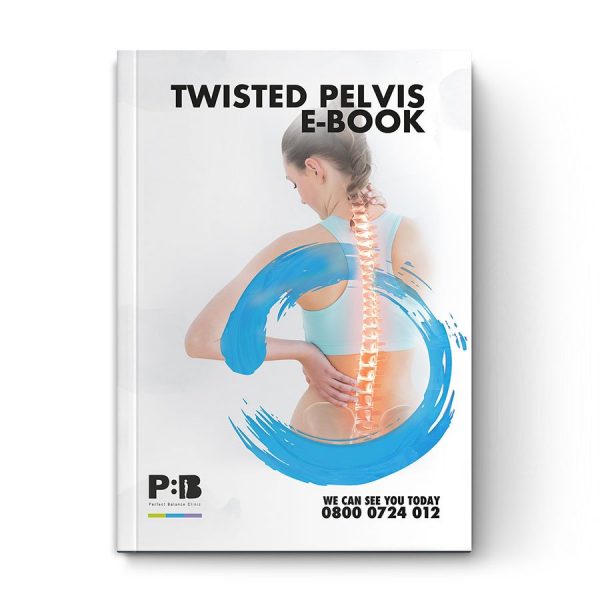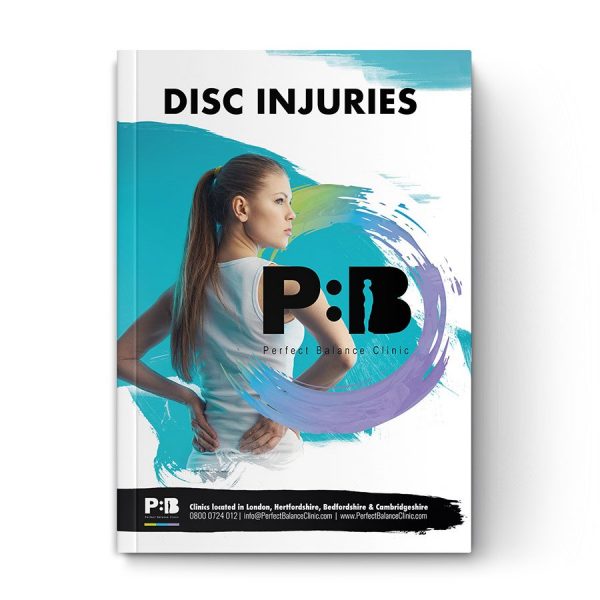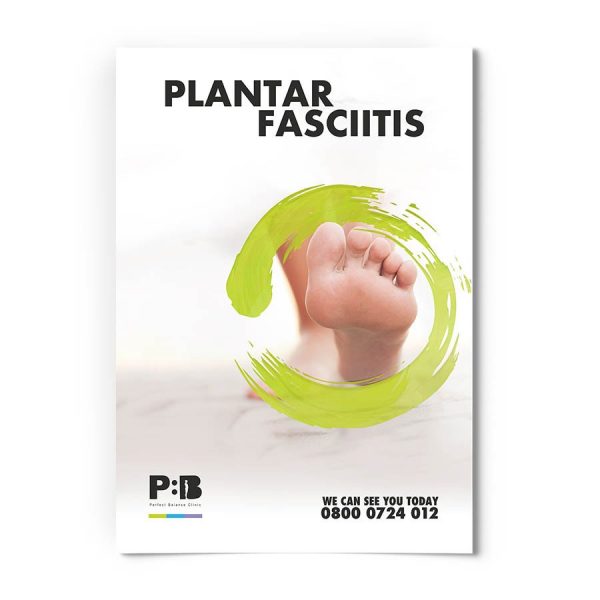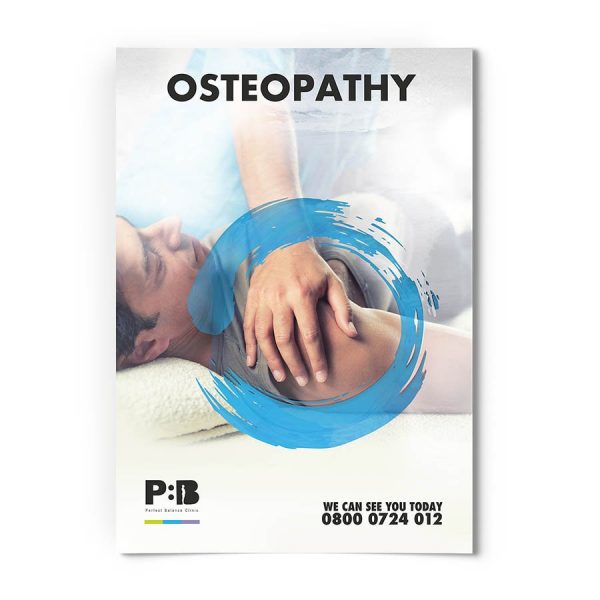Why Pelvic Health Matters: Pelvic Floor Disorders
Taking care of your pelvic health can aid in the prevention of pelvic floor disorders, which are caused by diminished strength and tone in the pelvic floor. One of the most important functions of the pelvic floor is providing support to pelvic organs, such as the bladder, rectum, small intestine, and uterus. Pelvic floor disorders occur when weakness in the pelvic floor compromises its ability to provide adequate support.
Stress urinary incontinence occurs when pelvic muscles aren’t strong enough to prevent urine flow when there is pressure on the bladder, causing involuntary urination during activities like coughing, laughing, or exercise. In some cases, SUI is an indicator of pelvic organ prolapse, a more serious pelvic floor disorder.
Pelvic organ prolapse
Pelvic organ prolapse occurs when the pelvic floor becomes so weakened or stretched that it allows pelvic organs to droop away from their proper position in the pelvis, dropping low to place pressure on vaginal walls.
That excess pressure can cause pain and discomfort in the pelvis; urinary, bowel, and sexual dysfunction; bulging in the vagina; or in the most serious cases, tissues that protrude out of the body through the vaginal canal.
Pelvic surgery
These pelvic floor disorders can be resolved with surgery, but surgery has risks. For instance, transvaginal mesh procedures, widely used for POP and SUI repair, have been the source of serious complications in thousands of women. The most common complications are mesh erosion, organ perforation, and mesh contraction causing painful and debilitating problems for many.
Some have even filed vaginal mesh lawsuits, seeking compensation for their debilitating injuries. While non-mesh surgeries are safer, avoiding surgery altogether by maintaining pelvic health is your best bet.
Pilates for Prevention and Treatment
Exercise is essential in maintaining strength and flexibility in the pelvic floor. It is also an important part of the treatment and management of pelvic floor disorders, used to strengthen muscles for improved pelvic support. Pilates is particularly helpful for these purposes since it teaches techniques for enhancing strength, coordination, flexibility, and posture, all factors that contribute to pelvic health. Additionally, strength training is approached in a balanced manner in Pilates, so all the muscles that contribute to pelvic support are engaged and strengthened. Since Kegel exercises focus exclusively on pelvic floor muscles, Pilates can provide a more well-rounded approach to maintaining pelvic strength and stability.
Additionally, strength training is approached in a balanced manner in Pilates, so all the muscles that contribute to pelvic support are engaged and strengthened. Since Kegel exercises focus exclusively on pelvic floor muscles, Pilates can provide a more well-rounded approach to maintaining pelvic strength and stability. While many women with mild to moderate cases of pelvic organ prolapse or stress urinary incontinence are helped by exercise, more severe cases may require surgery. Pilates can also be very helpful for the rehabilitation of the pelvic floor after POP or SUI repair procedures. Just be sure that you get your doctor’s approval before you start a new exercise plan.
While many women with mild to moderate cases of pelvic organ prolapse or stress urinary incontinence are helped by exercise, more severe cases may require surgery. Pilates can also be very helpful for the rehabilitation of the pelvic floor after POP or SUI repair procedures. Just be sure that you get your doctor’s approval before you start a new exercise plan. Elizabeth Carrollton writes about defective medical devices and dangerous drugs for Drugwatch.com.
Elizabeth Carrollton writes about defective medical devices and dangerous drugs for Drugwatch.com.
For more information about Pelvic floor pilates
This article was written by our team of specialist therapists at Perfect Balance Clinic. If you would like more specific advice about how our team can help you with this condition or symptoms you may be having, please complete the contact form below and one of the team will get back to you shortly.









